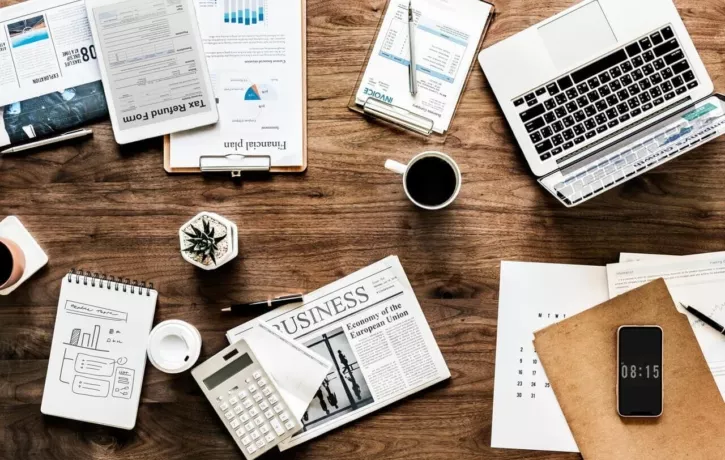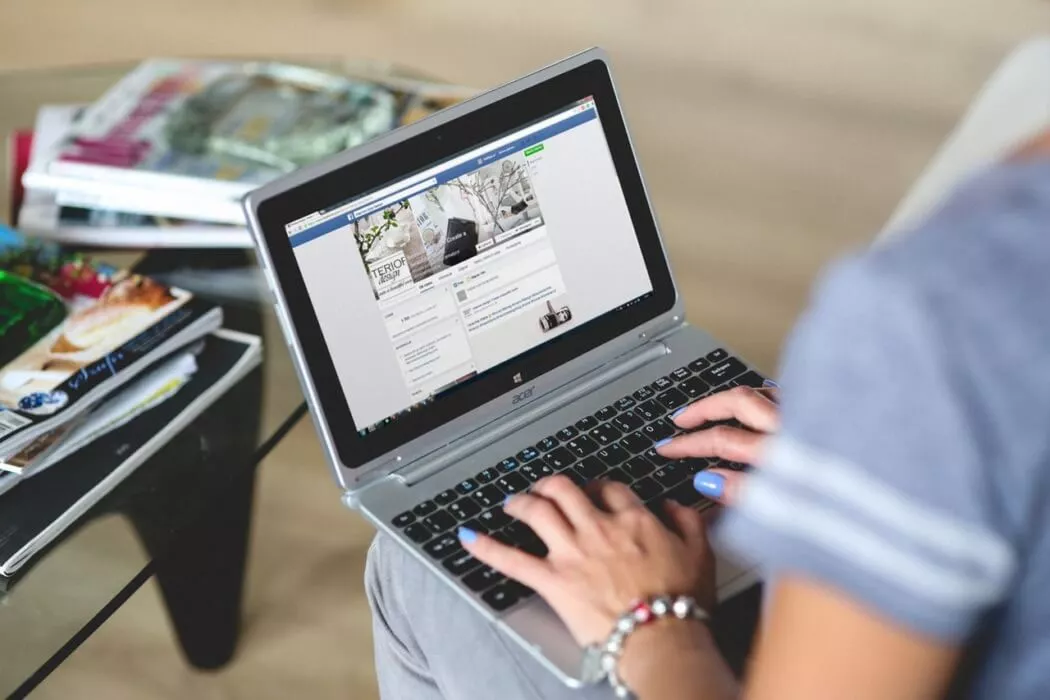We’ve all been there: The heating pipes are making noise, deskmates are chatting, your phone is buzzing, your desktop is piled high with to-dos, and you don’t even want to count how many unread messages you have queued in your inbox.
The modern workplace is a hotbed for distractions. With seemingly hundreds of things vying for your employees’ attention, achieving maximum productivity is a challenge.
Instantly eliminate distractions and raise employee productivity. Discover how.
Constant interruptions hurt employee productivity and make it difficult for them to complete daily work.
As much as we’d like to think we’re all master multitaskers, trying to do multiple things at the same time is another productivity killer. It requires us to spread our attention thin and makes it nearly impossible to complete any task in a timely manner.
Add trying to use complex software for work to the mix and the productivity spiral deepens.
5 ways to eliminate distractions and raise employee productivity
The solution lies in having the ability to identify and eliminate distractions as much as possible. With these simple tips, you can help raise your employees’ productivity while simultaneously reducing stress.
Remember: First recognize, then remedy.
1. Create a system to manage emails
If the first thing your employees do when they arrive in the office is read and reply to emails, productivity automatically declines.
Not all emails require an immediate reply. For employees who receive a lot of messages from co-workers and clients, that feeling of always being “on call” can become overwhelming very quickly. Not to mention the pressure to immediately answer every email means constant interruptions throughout the day.
Instead, encourage employees to set a time to read and reply to emails. This can be twice a day or once every other hour, whatever makes the most sense for them.
Another idea: Have employees label emails they send within the team with “Urgent” or “Reply by end of day” in the subject line so recipients know whether or not a response is needed right away. Employees can also organize their inbox into categories or folders. This will help them prioritize which messages are most important and locate old ones.
2. Clean up your digital and physical desktops
Physical and digital clutter creates mental clutter.
Open office spaces, which more businesses are adopting, are especially prone to clutter: loose paper, folders, boxes of tissue, phones, cords, and other odds and ends easily pile up.
If you want a simple way to improve employee productivity, encourage employees to keep their workspace neat.
Virtual clutter can be just as distracting as a physical mess. Employees can avoid this by deleting unnecessary files and applications from their desktop, and categorizing important ones in different folders.
3. Save social media for breaks or after work
How many of us are guilty of mindlessly scrolling through Facebook, Instagram, or Twitter before realizing a large chunk of time has already passed by? Social media is a really easy way to waste time and lower employee productivity.
Unfortunately, it’s proven to be a hard temptation to resist. A study by Pew Research Center found that 77% of employees surveyed reported using social media at work, whether or not it is frowned upon in their office. While social media can be a good way to network, it is also extremely distracting if you are trying to get work done.
Ask your team to avoid logging on unless they’re taking a break.
[thrive_leads id=’4887′]
4. Take a mental break
Whether it is going for a walk outside, a lap around the office, or enjoying lunch at a restaurant, taking a break from work is a simple and rewarding way to improve productivity.
If taking a stroll doesn’t fit into an employee’s schedule, perhaps they could move a weekly meeting outdoors or to a coffee shop for a change in scenery. While many people feel like they need to be posted at their desk all day to get as much work done as possible, taking breaks helps people regroup and realign their priorities for the day. Refreshing one’s mind is especially helpful if they are feeling stuck on a certain task.
5. Simplify software usability
Think about all of the things that could possibly distract you during the day. Now, add complex software to the mix. Nothing harms efficiency more than not being able to use digital tools effectively, especially software that employees need to use on a daily basis.
Make it easier and less distracting to use these programs by implementing contextual guidance and real-time navigation prompts. WalkMe’s Digital Adoption Platform (DAP) can improve employee productivity by providing real-time, contextual guidance at the right time and place to ensure users can complete any task with optimal efficiency.
Stress from using difficult software is distracting; combat that frustration with guidance and watch employee productivity skyrocket.
Put these tips into action today
Distractions are everywhere. They become so embedded in our daily routines that it’s often difficult to realize which habits — like instantly responding to emails or looking at social media — impact productivity.
But by identifying the clutter and practices that distract employees, you can empower them to find the right solutions and improve efficiency.





